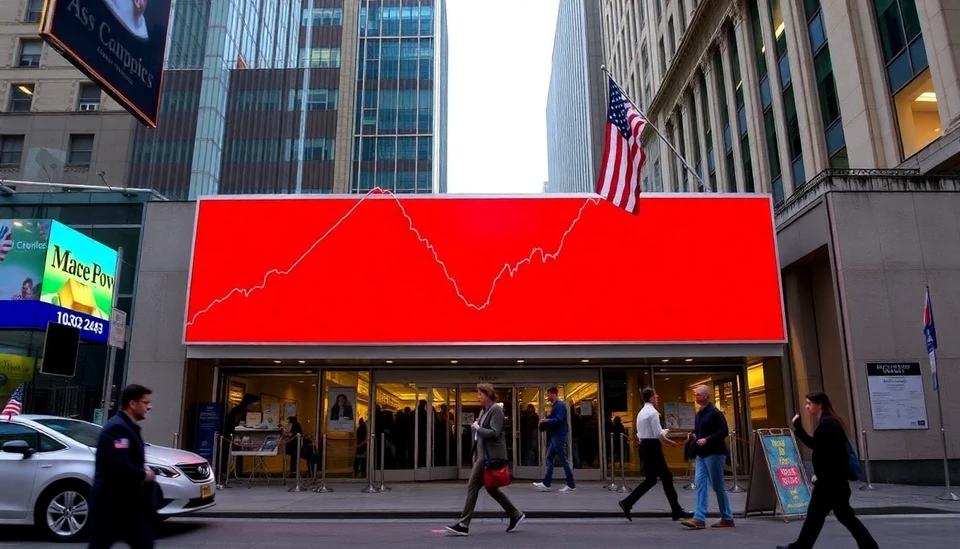
The unexpected, rapid expansion of the US services sector has witnessed its fastest pace of growth since the start of 2023. This string boom in activity is reflected in this latest data, released in October 2024, which provides a promising gauge of economic recovery and maybe sets the tone for upcoming economic forecasts.
The Institute for Supply Management said its service sector index rose to 57.8 in September, beating analysts' expectations and reflective of a strong performance. Data started showing a remarkable increase compared to last month and gave an indication of continued upward trend in the services sector, something that is quite instrumental in the US economy employment and GDP growth.
It would now be driven by surging consumer demand and the sharply improving labour market consequent to the disruptions wrought by the pandemic. Companies across all industries report sales and service requests rising, though those in industries related to travel, hospitality, and healthcare are performing particularly well.
Economists expected improvement, but such a magnitude of growth has brought fresh hope. Improvement was attributed to pent-up demand and higher consumption on the part of the consumer alongside seasonal factors which assisted service-oriented activities.
Yet, with such indicators being so positive, some experts warn that inflational pressures may be born out of this growth. Indeed, the rapid increase in demand could be Sandokan-ed by supply bottlenecks, driving up prices unless supply meets demand.
Market reactions have been strangely positive since the release. Investors are likely heartened by such strength in the service sector, viewing it as a sign that economic recovery remains intact and may have an implication for monetary policy decisions in the months ahead.
The US services sector holds a lion's share in the national economy and represents manifold categories: retail, healthcare, finance, education, among many others. This is highly relevant for economic stability due to the large contribution of the services sector to the national workforce and, in general, to economic output.
As a result, this growth in the service industry is closely being watched by those responsible for setting policy, economists, and heads of businesses because it may form the basis on which future economic policies and interventions will be founded.
With this impressive growth rate, stakeholders keenly await how this trend will continue and implicate general economic trends, in particular, due to external factors that may influence service provision and engagement by consumers.
#USServices #EconomicGrowth #ISM #ConsumerDemand #ServiceSector #USEconomy #Inflation #EconomicRecovery
Author: Rachel Greene




